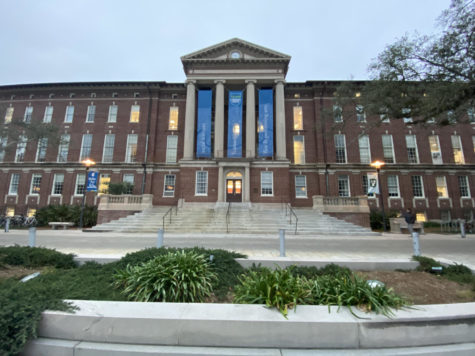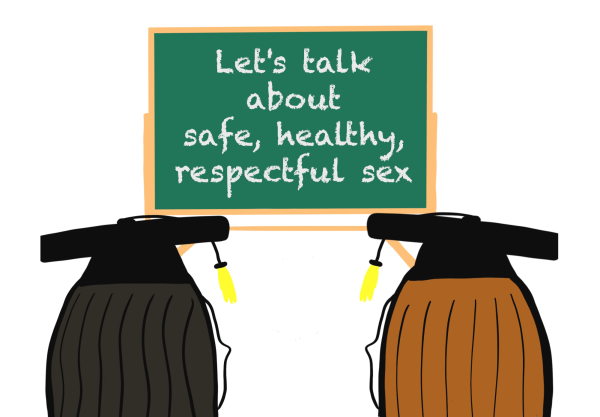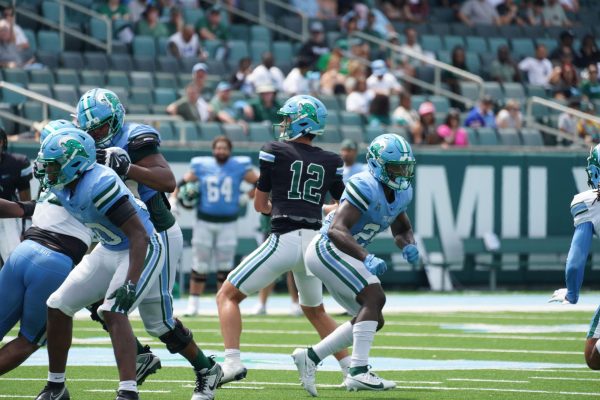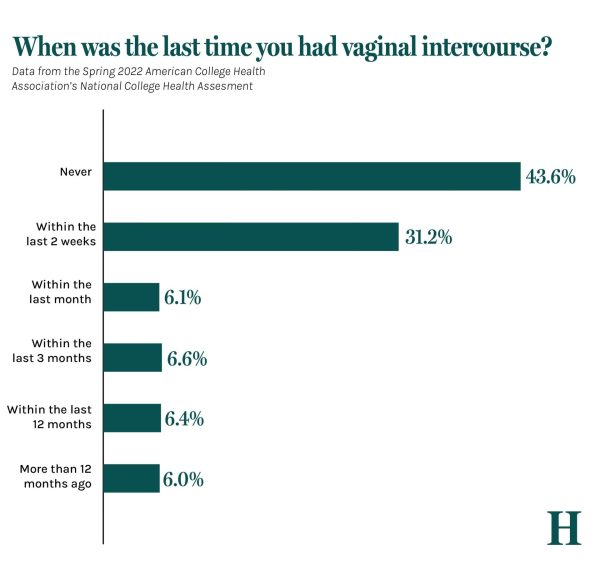Universities misplace values in an expensive arms race for rankings
February 25, 2015
The following is an opinion article and opinion articles do not reflect the views of The Tulane Hullabaloo.
In a Feb. 6 article in The New York Times, Kevin Carey explores the strategies behind George Washington University’s transformation from an inexpensive commuter school to a second-tier national university. Carey draws on this transformation to describe the current situation in higher education.
Higher education today is not about teaching, learning outcomes, future income possibility or productive research. No, higher education today, especially at “second-tier” universities — those that are ranked closely behind the Ivy League — is an arms race to climb national rankings, focusing on amenities, special events and the newest buildings. The race to raise rankings causes universities to focus resources away from the very mission of universities: education.
The higher the rankings, the more justifiable high tuition becomes. The higher the tuition, the more likely students and parents are to perceive the university as a “high-end” luxury good, much like how consumers see higher priced bottles of wine as a better wine without ever comparing it to others. Thus, the university attracts high-achieving students to apply and attend the university by virtue of its self-priced “elite status.”
Desiring high-achieving students should not be seen as a negative aspect of a university’s strategy. In fact, students are a major component of a university’s ability to achieve an elite status, but the strategy of self-pricing to achieve elite status carries major concerns.
First, there are the financial concerns. At Tulane, tuition, board and fees exceed $60,000 per year, placing it on the list of the nation’s top 35 most expensive schools. Yet during the final few years of former President Scott Cowen’s tenure, the university ran and continues to run a $15 million annual capital deficit and received a credit downgrade from Standard and Poor’s in 2012. While Tulane increased tuition, which contributes to its operating budget, the school was unable, or unwilling, to secure its financial future by transferring enough funds to pay for the capital deficit. Nationally, the story is no different, as the number of universities costing $60,000 a year continues to increase.
Second, within the arms race among universities is the trend of continuous building, as not building means a university has stopped trying to improve itself. Tulane is no exception, and the ever-present cranes and construction workers prove this. Again, improving the physical infrastructure isn’t a negative for universities, but higher education has become a game of “keeping up with Joneses’” when it comes to amenities and facilities. Outside of the physical infrastructure, there are the concerts, the carnivals and the extras that students rarely see as part of the costs of attending an “elite” university. The basis of these amenities is not only for the students’ benefit, it is for retention and to boost the components used in the rankings to justify the self-priced status.
Finally, there is no guarantee that a university is effectively performing its primary purpose, teaching. Second-tier “elite” universities attract bright and capable students, but there is no measure at the end of one’s college career to state that the students are leaving as brighter students with useful and in-demand skills. In fact, two recent studies find that many college students demonstrate no improvement of skills while in college, and that recent graduates obtain substandard scores. A study by Richard Arum and Josipa Roska titled “Academically Adrift” found that 45% of 2,300 undergraduates surveyed had no improvement in critical thinking, complex reasoning, and writing in their first two-years of college. The second study from the Organization for Economic Cooperation and Development found that American students scored average in literacy and below-average in math compared to their peers from other industrialized countries.
Our current strategy in higher education is broken. It’s not difficult to fix, however. Focusing on properly funding academic programs, expanding access and an institutional commitment to learning outcomes and market-demanded skills can justify rising costs, while simultaneously helping universities achieve true “elite” status. Those changes must come from and be demanded by the consumer, though. Students and parents must stop looking at colleges as a “luxury good” and see them as the tangible “normal good” they are.
Brendan Lyman is a senior at Newcomb-Tulane College. He can be reached at [email protected]





















Leave a Comment